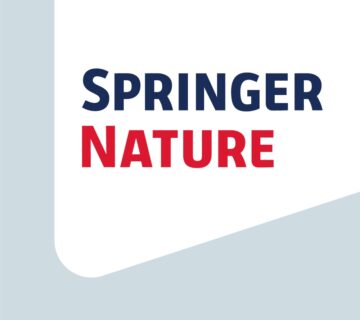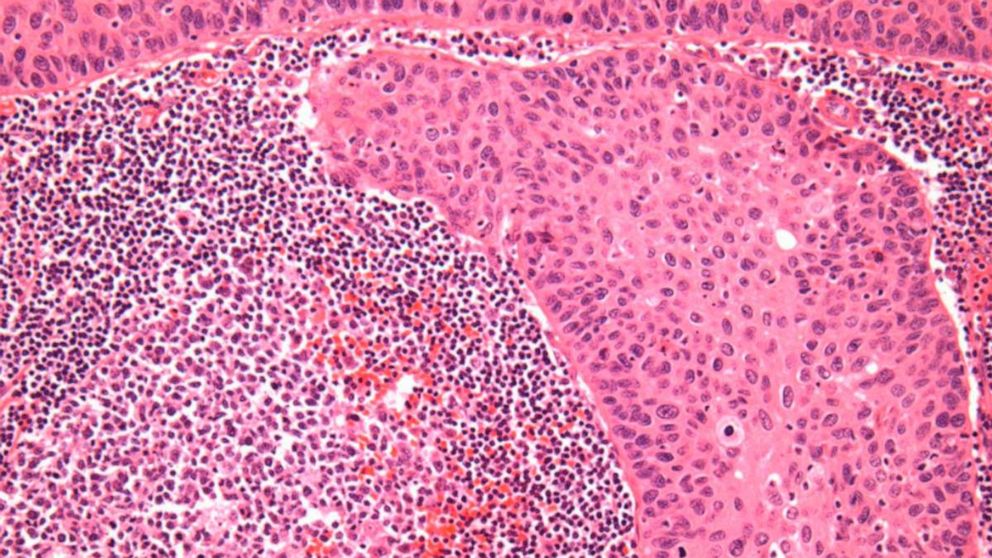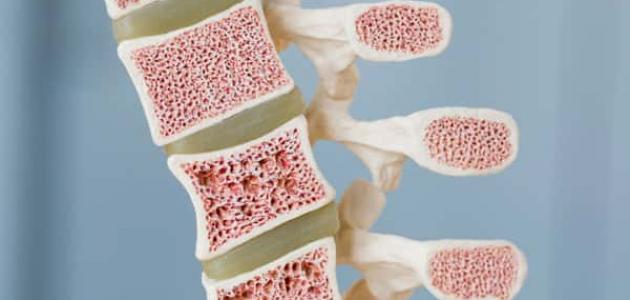Obstructive jaundice due to the central malignant cause is really challenging for gastroenterologists and usually results in failed drainage of obstructing system, the percutaneous transhepatic biliary drainage (PTBD) usually results in a dramatic pathway opening.
AIM: The study aimed to evaluate the role of interventional radiology (IR) in achieving drainage of obstructing system and subsequent reduction of serum bilirubin and its role in stenting the obstructing lesion.
METHODS: A prospective study included 40 patients who complained of obstructive jaundice referred to IR unit in specialties surgical hospital from gastroenterology hospital after failed endoscopic drainage and stenting during the period from September 2020 to November 2021.
RESULTS: Of 40 patients in study population, 26 are male and 14 females, their median age was 65 years, cholangiocarcinoma is leading cause of biliary obstruction, the technical success of PTBD was 100% and clinical success achieved by lowering of total serum bilirubin by 60% within 2 weeks seen in 75% of the patients, no significant major complications seen after procedure, and only 5% of the patients developed leaking bile along the drain tract.
CONCLUSIONS: PTBD and transhepatic biliary stenting are amazing technique in acute and chronic management of patients with obstructive jaundice, achieve dramatic lowering of serum bilirubin, fighting biliary sepsis and long-term palliation of advanced biliary, pancreatic, and ampullary malignancy.

Khaleel I Mohson, Zaid Hadi Kadhum
Open Access Macedonian Journal of Medical Sciences
Comments are disabled.








